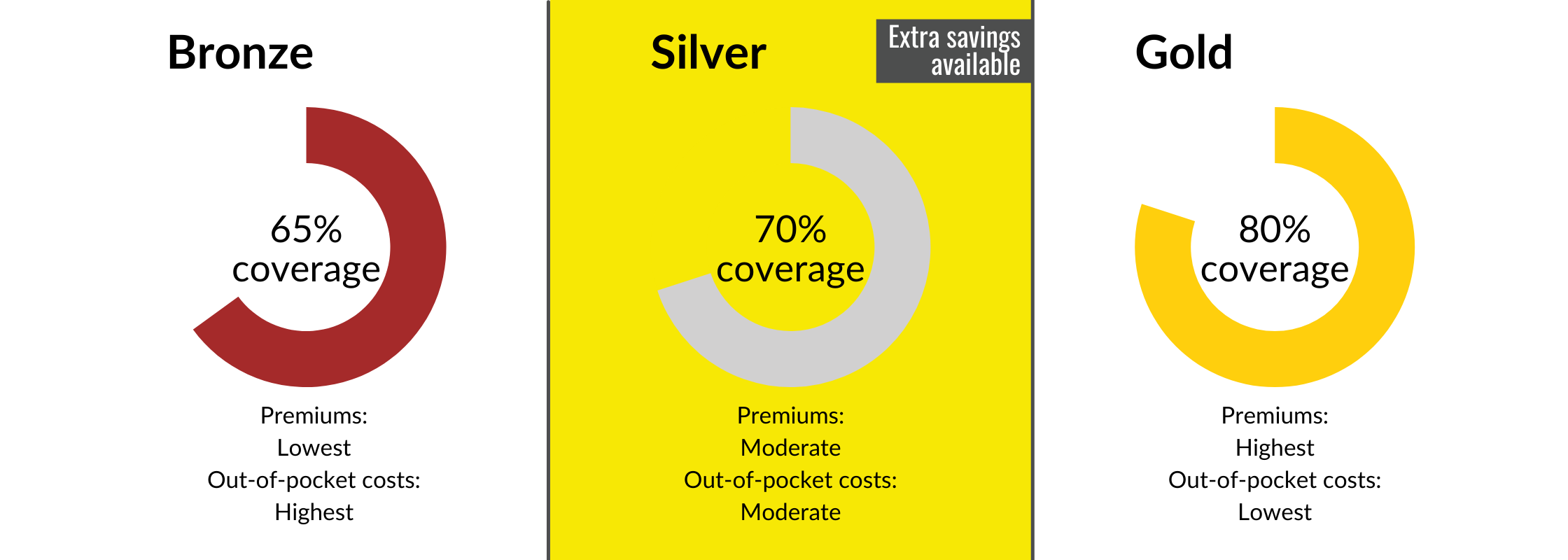
Health insurance for preexisting conditions
Prior to the Affordable Care act (ACA), most family and individual health plans in the United States did not cover people with pre-existing medical conditions. It meant that people who had common health problems such as asthma, high cholesterol or allergies could not get health insurance and would be forced to pay higher rates.
This discrimination had a big impact on people with chronic illnesses and injuries, which made it difficult to find affordable coverage. Historically the only way for people with chronic illnesses and injuries to get affordable coverage was to purchase the large group health insurance that was offered to employees in companies with at least 500 employees.
These plans were not only more expensive but also did not provide all of the benefits that individuals require, such as coverage for prescription drugs or preventive healthcare. The plans also had limitations on lifetime benefits. These plans often charge high out of pocket costs for cancer treatments, major medical expenses and other health care.

Before the ACA passed, a health condition could lead to a waiting period for a person before they could enroll into a new insurance plan. This waiting period may range from six to twelve months, depending on state regulations and the type of insurance plan.
Lori, 48, was a freelance writer who had high blood pressure that she controlled well with two medications. She was not able to afford insurance until she took out her own policy, and started paying the monthly premiums. She was frustrated with the lack of affordable coverage that she could afford. So, she tried to find ways to get a more comprehensive insurance policy for herself.
In the end, she enrolled in a Medicare Advantage Plan that included drug coverage and had no waiting period for her pre-existing conditions. She also had to pay an extra $2 a month for the prescription drug coverage that she needed.
Preexisting conditions are still a factor in insurance decisions, and can be used to deny coverage or force people to pay more for their policy. However, this happens very rarely. It is because of the ACA, which has capped the amount that insurers are allowed to charge preexisting condition patients. But non-ACA-compliant insurance companies may still discriminate and exclude them from policies or increase their premiums in order to offset the costs.

Coons says that the ACA protects preexisting conditions for more than 150,000,000 Americans who have their health coverage via their workplace, but this statement isn't entirely accurate. HIPAA offered preexisting condition coverage to employees with employer coverage. However, the ACA made that protection available to all those who purchased individual and family health coverage through the ACA's marketplace.
A Ca and existing conditions
The Affordable Care Law is an important law which has helped millions to obtain affordable health insurance in the US. Those provisions of the Affordable Care Act that protect people from being denied healthcare coverage because of preexisting conditions are the most popular. Republicans have brought several challenges to the Supreme Court, but they have not succeeded in overturning it. Due to this, it is important that Congress enacts strong legislation to ensure everyone has access affordable health care.